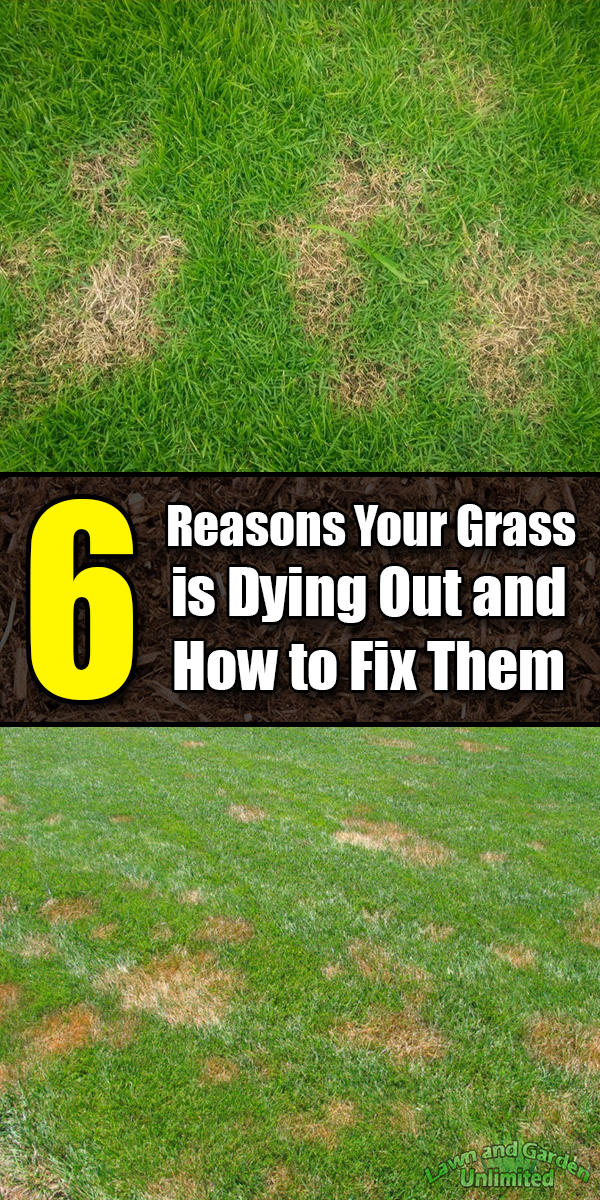![]() One of the most disheartening things to see when you work so hard to take care of your lawn are brown patches throughout all of your hard work. It can seem even more disappointing when you can’t quite figure out what you’re doing wrong to cause these issues to start with. In order to remedy the problem, you first need to diagnose it, and with this article, you can learn many of the most common reasons that your grass might be dying.
One of the most disheartening things to see when you work so hard to take care of your lawn are brown patches throughout all of your hard work. It can seem even more disappointing when you can’t quite figure out what you’re doing wrong to cause these issues to start with. In order to remedy the problem, you first need to diagnose it, and with this article, you can learn many of the most common reasons that your grass might be dying.
1. Thatch
If you find that your lawn turns brown most commonly during the summer, it may be because you have a thatch problem. Thatch is described as a thick layer of decomposed plants, partially decomposed stems and roots that all build up beneath the new roots. In order to find out if your lawn has thatch, dig up a two-inch-deep section of grass in an unsuspecting spot. Healthy lawns will have around .75 inches of brown thatch, but any more than that means you’ve got a problem and need to clear it out.
2. Drought
Perhaps the most obvious reason is a lack of precipitation. It is one of the main reasons for dead and dying grass. A lot of people won’t water their lawns during summertime, but if there isn’t enough rain to water the ground naturally, this could be a big mistake. If grass goes two or three weeks without water, it naturally goes dormant. A healthy lawn can survive four to six weeks in a dormant state without rainfall, but that just isn’t possible in dry, hot weather. Water your lawn more in this case.
3. Improper Watering
On the topic of watering, if you water the grass too much or too little, it will suffer as well. It is important to water the lawn deeply around one inch every five to seven days until the grass begins to look slightly wilted. Be careful to watch the grass and only water it when needed to prevent over-watering.
4. Improper Mowing
By mowing the lawn too short, it can stress the grass and cause it to brown. It is important to remove no more than around 1/3 of the height of the grass when you mow. It is best to keep it around three inches during the summer.
5. Pet Waste
If there are small spots of brown throughout the yard, this could be caused by a dog or other animal using your lawn for a bathroom. To combat this, water these spots more heavily.
6. Insects
One of the main problems that many plants and grass face is insects. Pest-infested grasses will pull up easily due to insect-damaged roots, so you’ll be able to tell pretty easily. An abundance of insects could be caused by an over-fertilized lawn that gives pests a lot to snack on.
These are some of the most common reasons for the browning and dying of grass, but once you have figured out the reason, all it takes is a little tweaking to your usual lawn care by following these tips to breathe life back into your lawn.
